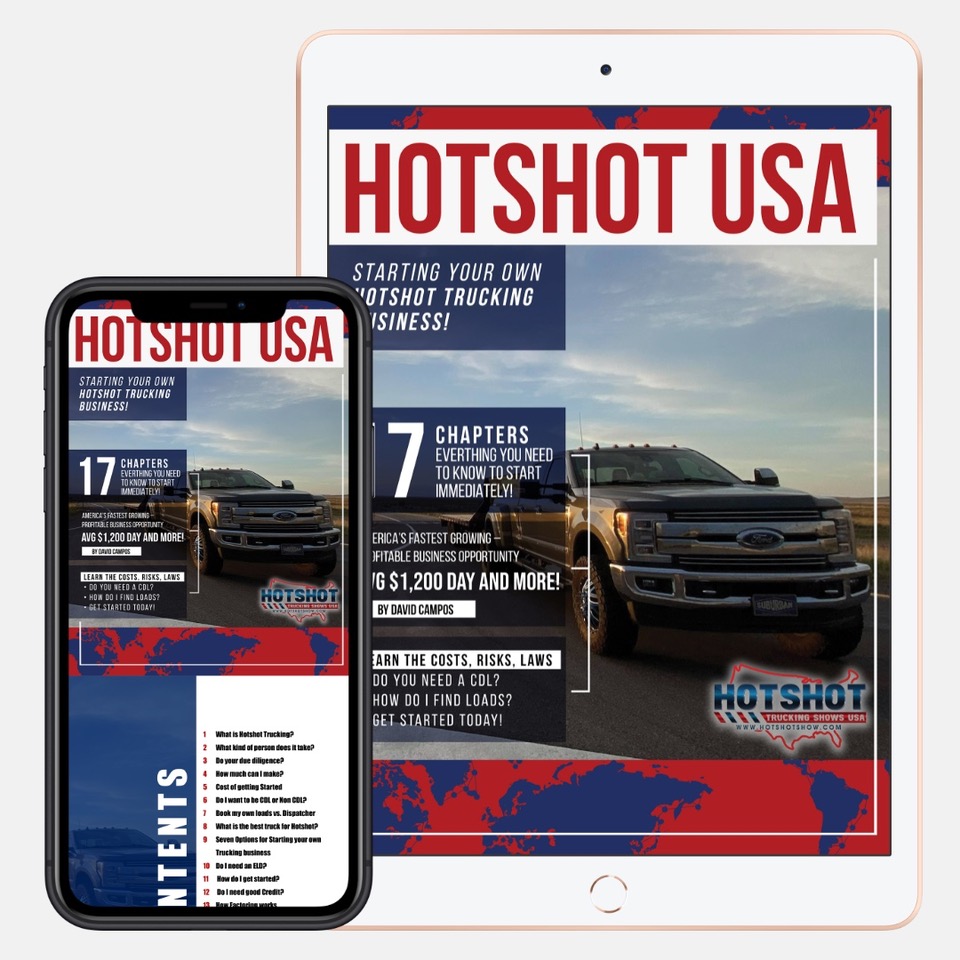We get a lot of questions and confusion about how DOT inspections resulting in warnings, violations, and OOS can affect your CSA score and your insurance. This is very important for every driver, owner operator and someone wanting to lease on drivers. In the past, I have written Blog articles stating my opinion and experience with leasing on drivers is not favorable. We see so many wanting to just lease on drivers, seeing dollar signs in front of their eyes, then they end up having their insurance go up or cancelled because they hired untrained, irresponsible drivers, with no regards for FMSCS Regs and Laws.
I have seen many in my stint as admin of so many groups. Some of my friends now have impossible insurance premiums. Just take a look at a very well known YouTube personality Tow Piglet, he lost his thriving business just like that. Here is what you need to know.
What is a CSA Score?
A CSA score, or Compliance, Safety, Accountability score, is a safety measurement system used to identify high-risk fleets, carriers, and drivers. The goal of the CSA score is to ensure best safety practices are followed.
The CSA program is governed by the Federal Motor Carrier Safety Administration (FMCSA). It’s essentially an accountability check for motor carriers and drivers alike. Furthermore, these scores are continuously monitored and updated to best reflect fleet, vehicle, and driver safety.
It is important to have a high CSA score not only for safety but for the range of additional benefits that come with it.
The Benefits of a Good CSA Score & Why It Matters
The primary benefits of a good CSA score can include:
• Lower annual insurance premiums
• Customer preference
• Fewer DOT audits and roadside inspections
• Easier driver recruitment efforts
Behavior Analysis and Safety Improvement Categories (BASIC):
• Unsafe Driving
•Crash Indicator – Not Public
• Hours of Service (HOS) Compliance
• Vehicle Maintenance
• Controlled Substances/Alcohol
• Hazardous Materials Compliance – Not Public
• Driver Fitness
• Hours of Service (HOS) Compliance and Fatigued Driving
• Establish a policy against driving while sick or fatigued (10 points)
• Maintain electronic logbooks to eliminate violations related to missing or incorrect driver logs. This accounts for over 30% of all driver violations found during roadside inspections. (5 -7 points)
• Maintain a fixed location in the vehicle for ELDs and copies of their operating instructions.
• Ensure everyone is educated on HOS rules, including dispatchers.
Commercial Vehicle Maintenance
31% of roadside inspections are triggered by visible vehicle defects such as lights and tires. These types of roadside violations are much easier to avoid if you are regularly monitoring and conducting preventative maintenance and Driver Vehicle Inspection Reports (DVIR). Electronic DVIRs help guide drivers through their pre-trip and post-trip inspections without paper forms.
Considering that:
20% of vehicle violations are related to lights (2-6 points)
20% of violations are due to issues with brakes (4 points)
9% are for tire issues, half for tread depth (3 -8 points)
CSA Scores – Inspection Scoring Made Easy
When your fleet has enough safety data in a BASIC, you’re given a BASIC percentile ranking from 0-100 based on your fleet’s violation rate. The percentiles rank your fleet relative to other carriers similar to yours, and they’re used to decide if your fleet is having trouble with safety performance.
If one of your BASIC percentiles reaches a predefined threshold, you’ll be hearing from the FMCSA in the form of warning letters and/or investigations.
The seven BASICs consist of over 900 different violations. The three main factors that ultimately decide your fleet’s ranking are:
• Number of violations
• Severity of violations
• Date of violations (recent violations carry more weight)
Here’s how it works:
Violations increase your CSA scores anywhere from 1-10 points based on severity (higher scores are bad). Because the weights reflect the relative importance of each violation within each particular BASIC, they cannot be compared meaningfully across the various BASICs. Points are multiplied depending on how recent the violation was
For carriers:
3x – 1-6 months
2x – 7-12 months
1x – 13-24 months
For drivers:
3x – 1-12 months
2x – 13-24 months
1x – 25-36 months
The sum of all violations in any one BASIC during a single inspection is capped at 30. However, the cap is before the time multiplier. This means that a penalty of 30 points will be 90 for the first six months and 60 for the following twelve months, due to the 3x and 2x multipliers.
If a violation results in an Out-of-Service Order (OOSO), 2 additional points are added to the severity score.
Points drop off after 24 months for carriers and 36 months for drivers.
Can I challenge the results of a DOT inspection?
Yes. If you discover incorrect/incomplete information on your record, the FMCSA’s DataQs is where you submit your request for a review. We suggest checking out the DataQs Help Center for more information on how to review your safety data, how to submit a Request for Data Review (RDR), and much more.
What happens if I fall below one of the BASIC thresholds?
The DOT will initiate an intervention if your BASIC score drops below a certain threshold. Interventions are meant to catch safety problems before they become a recurring issue. Thresholds vary from 65%-80% depending on the BASIC and carrier type (passenger, hazardous material, and general).
CLICK HERE TO GET THE HOTSHOT-USA E-GUIDE ” HOW TO GET STARTED IN THE HOTSHOT BUSINESS”














